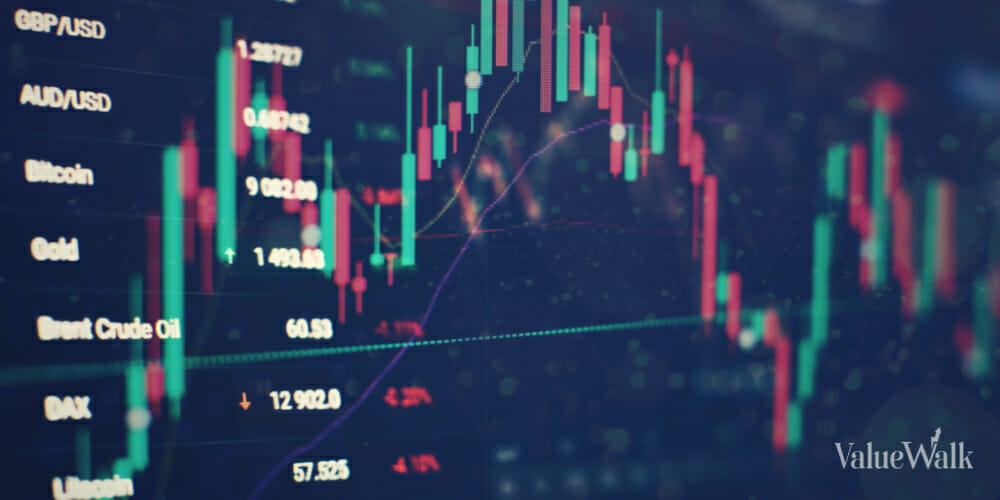A U.S. Productivity Problem? by James W. Paulsen, Ph.D., Wells Capital Management.
In the post-war era, U.S. productivity has risen about 2.4% annually. However, in the shadow of the 1990s technology bubble, productivity has stalled during the last decade. It has averaged only about 1.4 annualized growth since 2004, only 0.8% annually in the last five years, 0.5% average growth since 2010, and it actually “declined” last year by about 0.4%!
A productive resource base has always been at the core of the U.S. economic miracle. Rising productivity leverages job creation and produces a pace of economic growth sufficient to meet the dreams of both labor and capital owners. Solid gains in productivity allow wages and profits to rise simultaneously, it helps boost supply enough to meet rising demands during recoveries so that cyclical inflation and interest rate pressures can be mitigated, and finally, productivity has been central to most sustained stock market advances.
The problem has been a lack of investment spending. The private sector spent excessively during the dotcom boom but since, facing rising depreciation expenses and an excess capacity overhang, has been noticeably reserved with capital spending plans. Moreover, as a percent of GDP, real public sector investment spending has been declining steadily since 2010, falling recently to a 65-year low!
The ultimate fate of the current U.S. economic cycle and the potential still left in this bull market may be primarily shaped by the trend of productivity during the balance of this recovery. Should both public and private sector investment spending soon accelerate and revive productivity growth, it may only currently be halftime. Alternatively, should spending aimed at boosting productivity remain tepid, economic and stock market struggles may soon intensify.
Productivity in the post-war era
Chart 1 illustrates the U.S. productivity index and its trendline average while Chart 2 shows the detrended productivity index. Periods when productivity grows faster (slower) than its long-term average are illustrated by a rise (fall) in the detrended productivity index.
Chart 2 highlights the major productivity cycles in postwar history. From WWII until about 1965, productivity grew spectacularly fast! Between 1965 and 1980, it was only about average (i.e., Chart 2 trended sideways), and beginning in about 1980, productivity slowed and grew chronically below average during the next 15 years until
1995. Productivity growth was revived by the 1990s technology boom and outpaced norms between about 1995 until the early 2000s. However, since 2004, productivity
growth has again been persistently subpar.
The ingredients embedded in productivity cycles have always been a conundrum for economists. For example, technological advances, regulatory changes, the educational
level of the workforce, and even the degree of company loyalty among laborers probably all play a role in productivity growth. However, most agree the performance of productivity is importantly impacted by investment spending.
Investment spending and productivity growth
Charts 3 and 4 relate both public and private sector investment spending to productivity cycles. In Chart 3, the dotted line shows the detrended level of real public sector investment spending and the solid line is the detrended productivity index (from Chart 2). Similarly, Chart 4 compares detrended private sector investment spending (dotted line) to productivity. In both charts, when the dotted line rises (falls) real investment spending is growing faster (slower) than its long-run average.
Neither public nor private sector real investment spending perfectly explains productivity cycles, but they do appear to be an important determinant of productivity growth. Chart 5 shows that total U.S. real investment spending (both public and private investment) has traced post-war productivity cycles reasonably close. The weakness in productivity growth during the last 10 years is perhaps best explained (and illustrated in Chart 5) by total real U.S. investment spending peaking at about 18% above its trendline in 2000 and subsequently declining recently to about 18% below its trendline!
It is interesting to note the separate importance of both public and private capital spending on productivity trends. From the end of WWII to the mid-1950s, surging productivity growth appears to be mainly due to “public” investment spending (Chart 3). Indeed, private sector spending was subpar until the late 1950s (Chart4). Conversely, superior productivity results in the 1960s was mostly due to better private sector investment spending. Weaker trends in both public and private sector spending reinforced the decay in productivity during the 1980s and early 1990s. Finally, the late 1990s productivity boom was seemingly due mainly to a surge in private sector capital spending whereas both private and public sector spending has ostensibly contributed to disappointing productivity results in recent years.
If U.S. productivity is to improve in the next few years and become a cornerstone of the contemporary economic recovery, either public or private sector (or both) real investment spending needs to soon accelerate.
See full PDF below.





